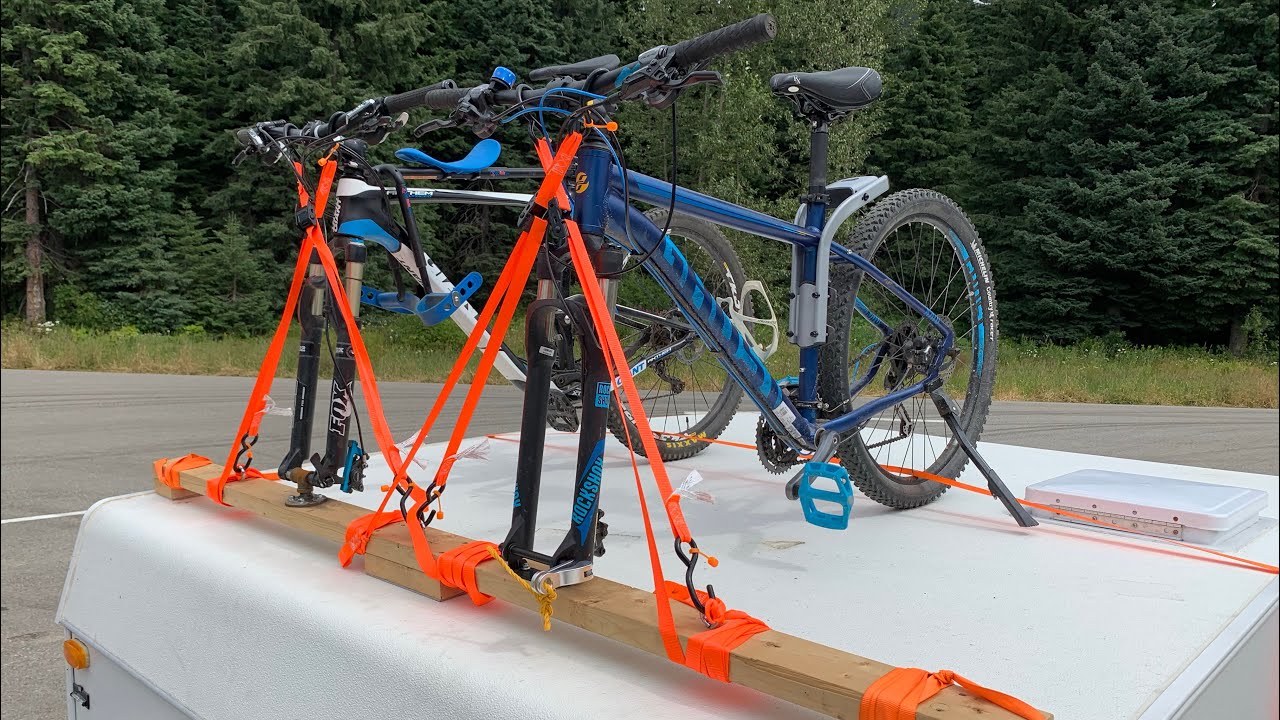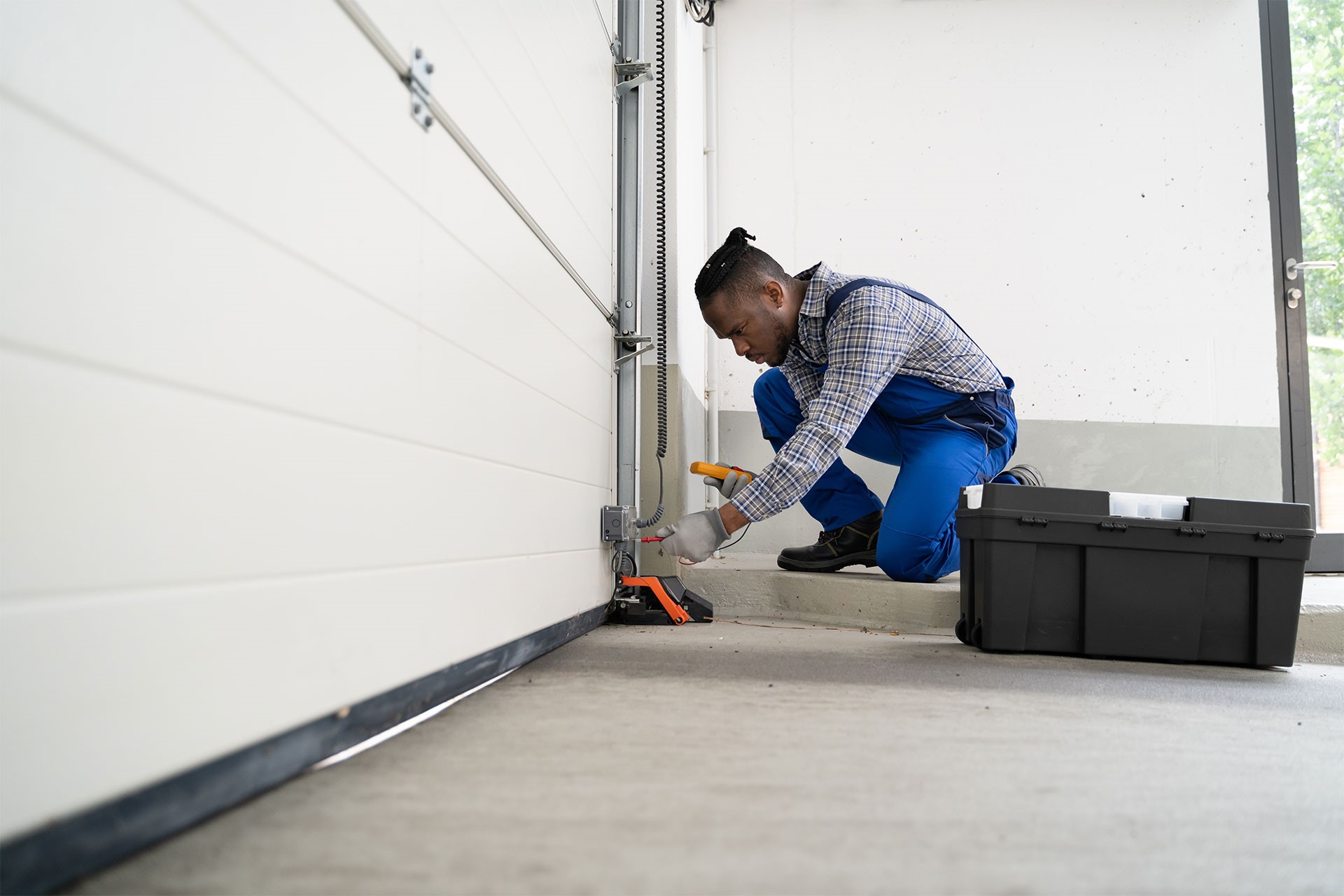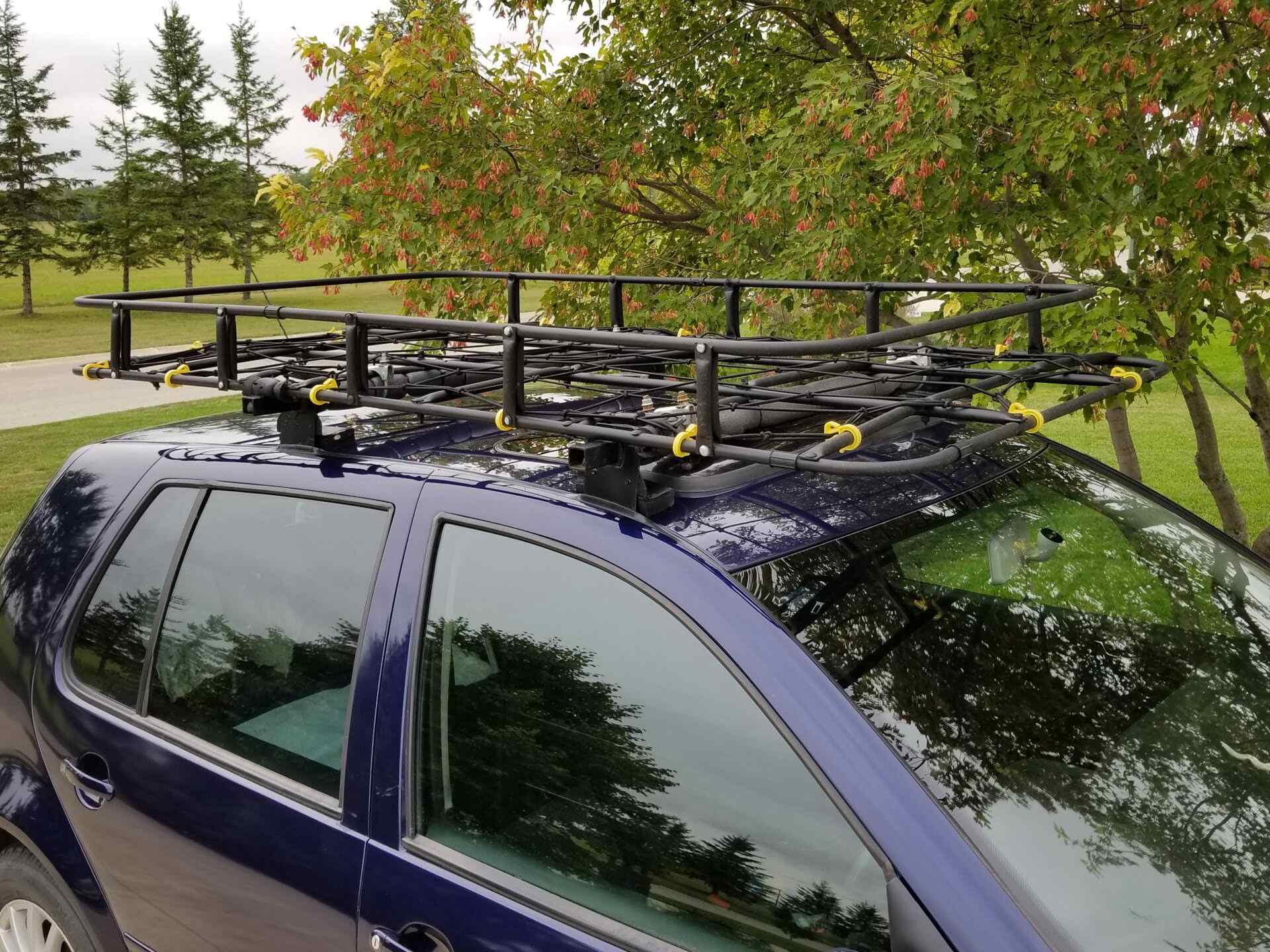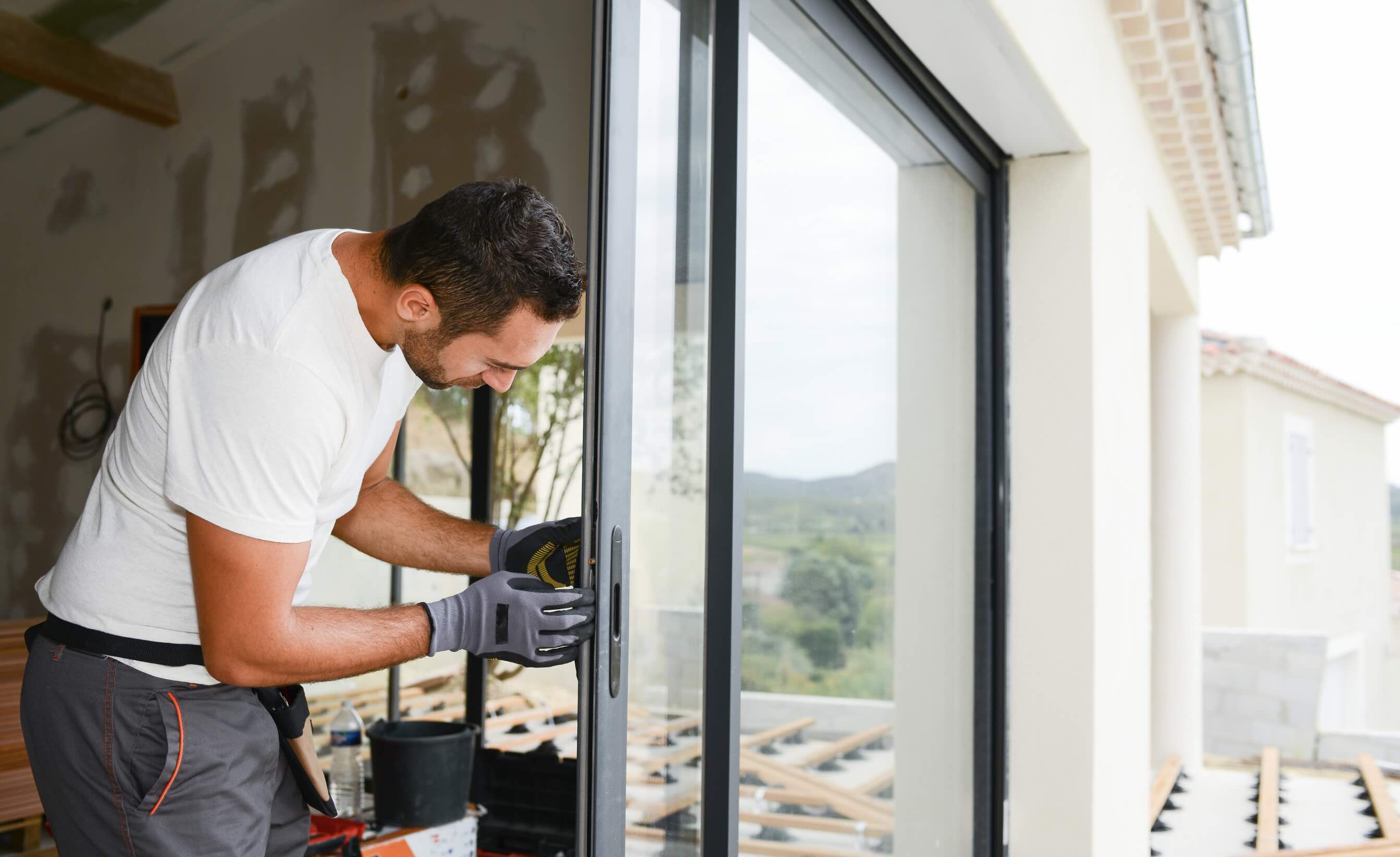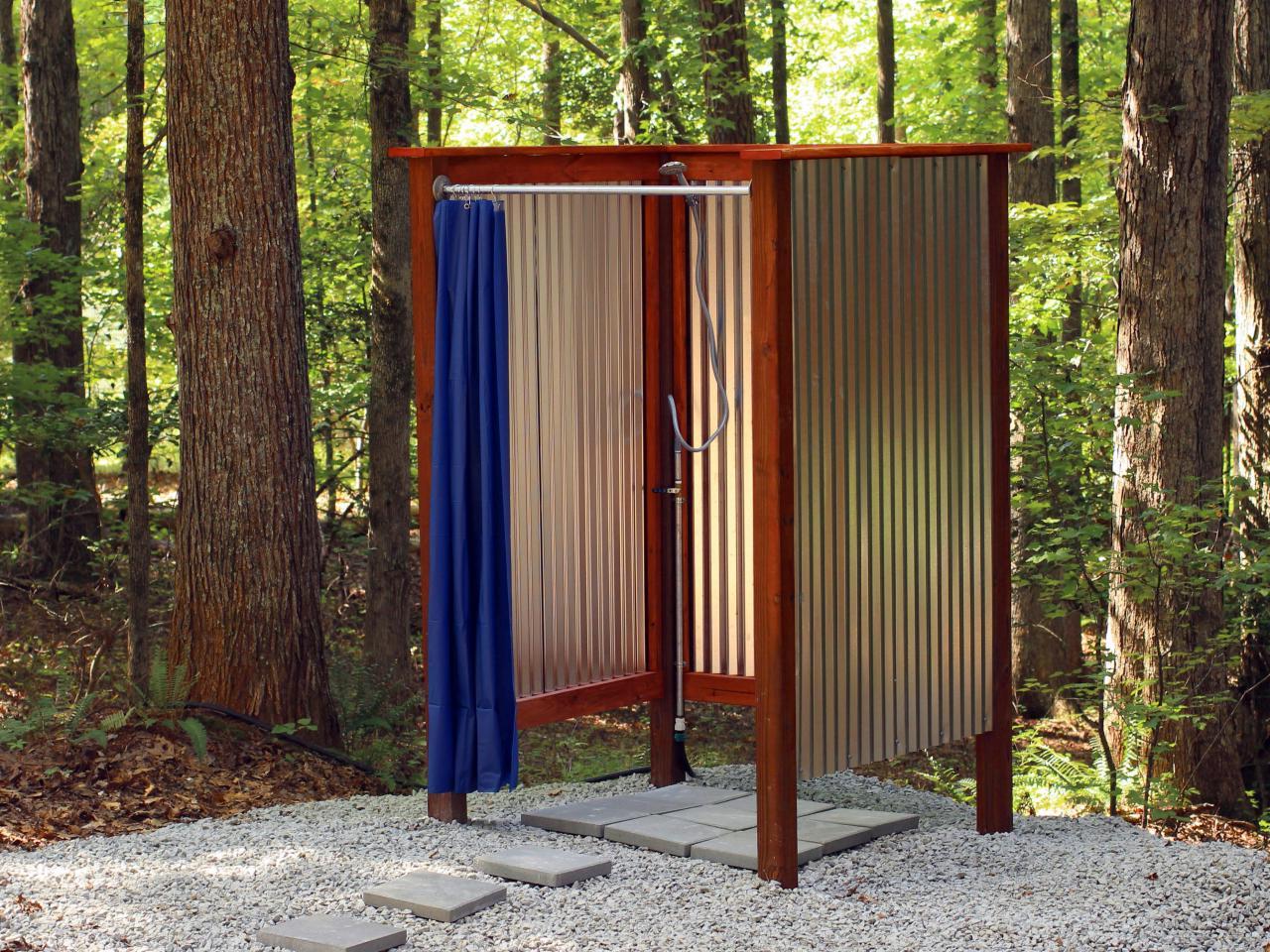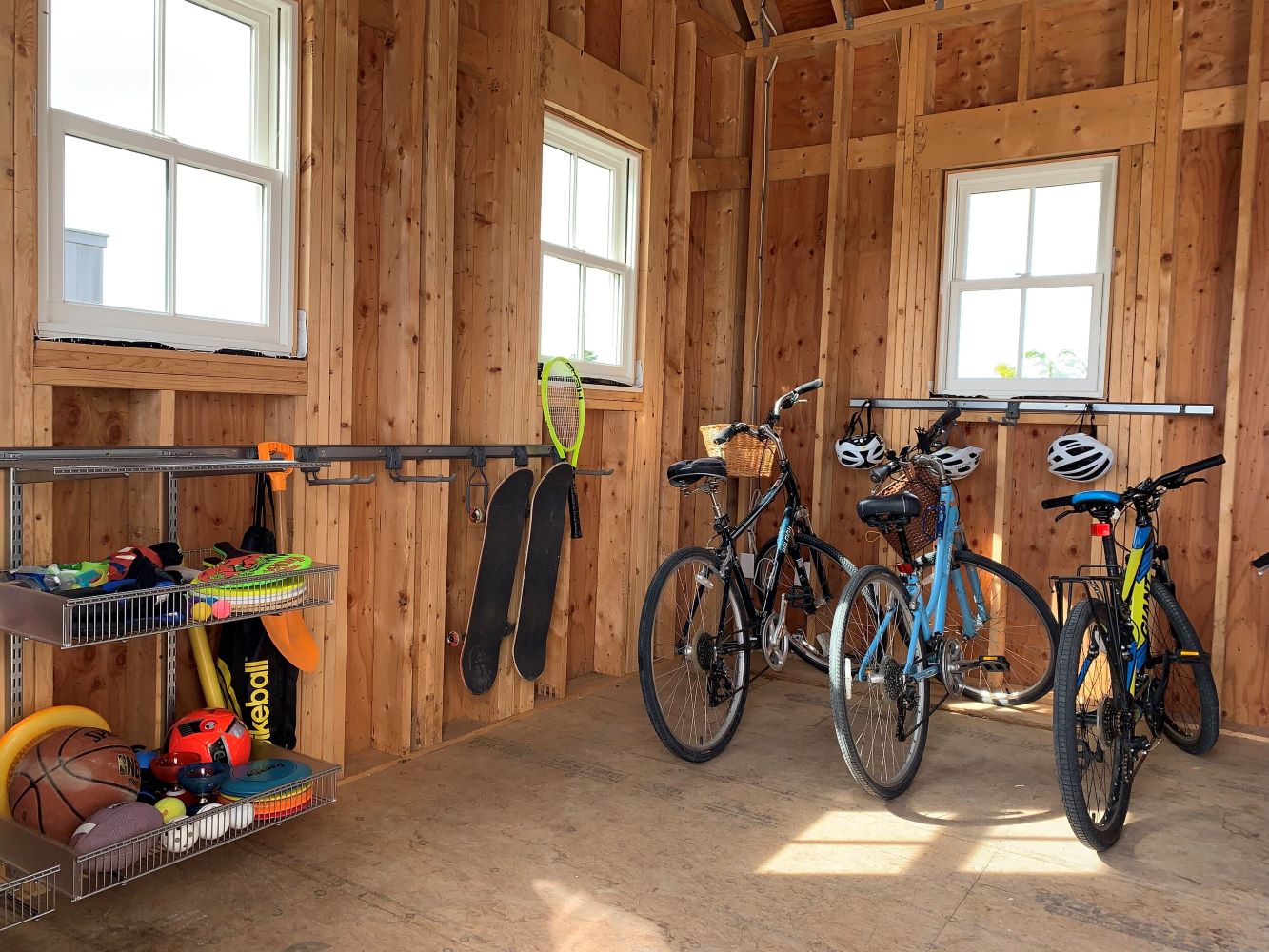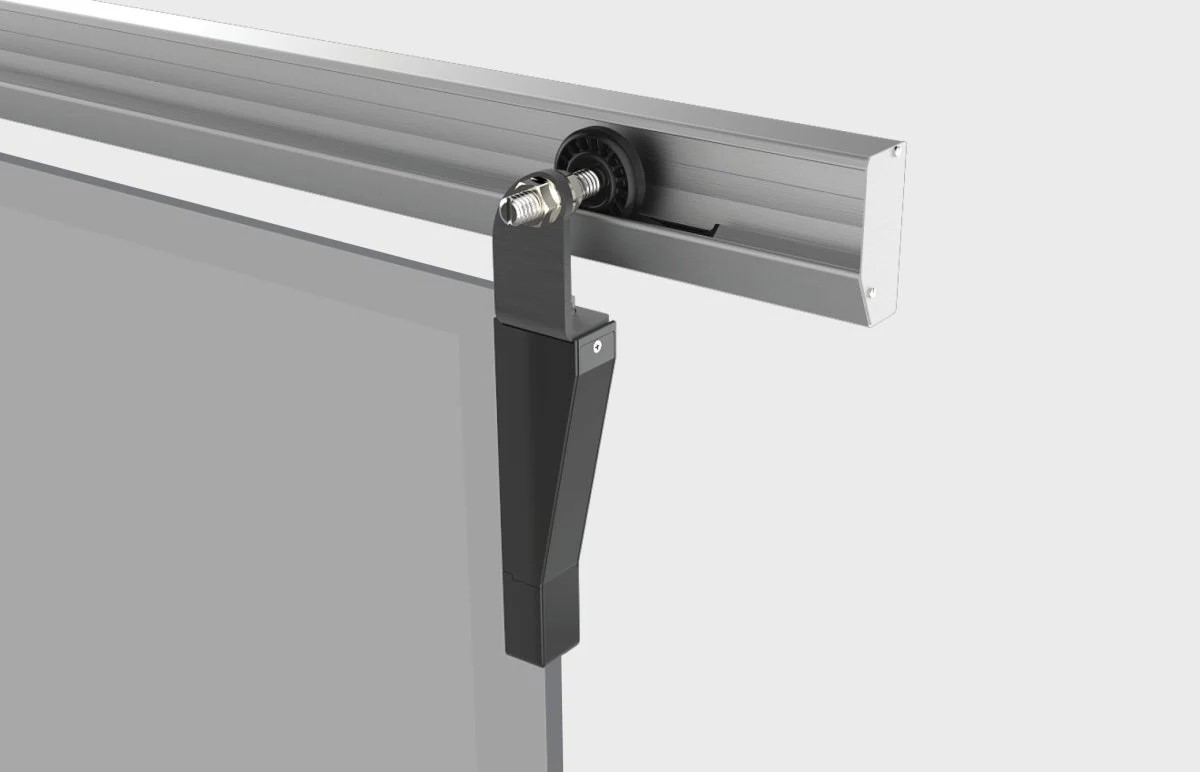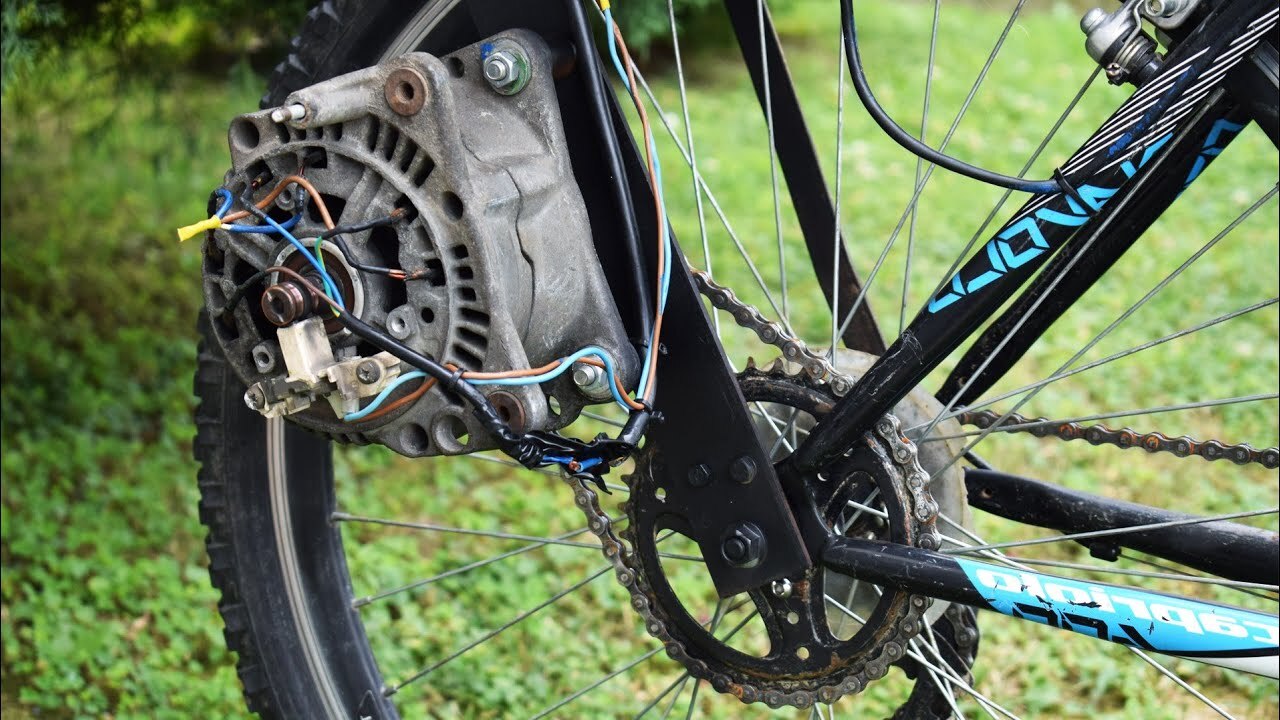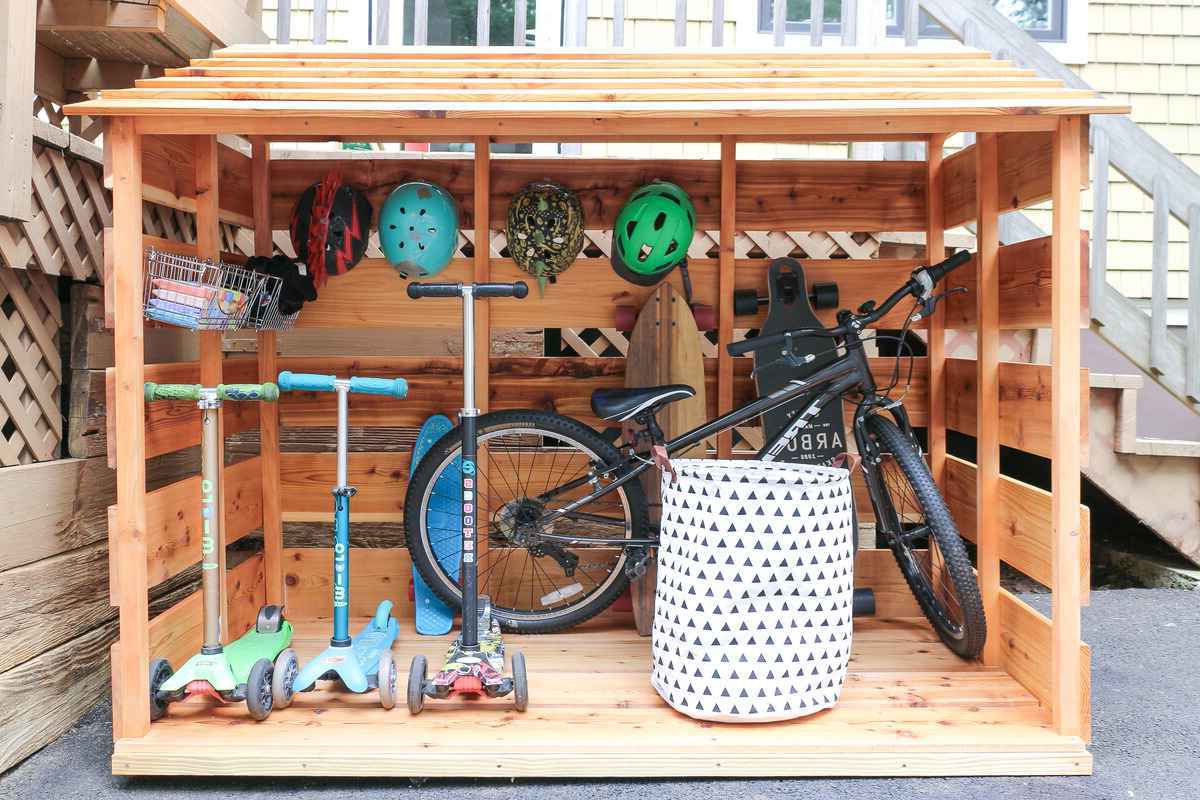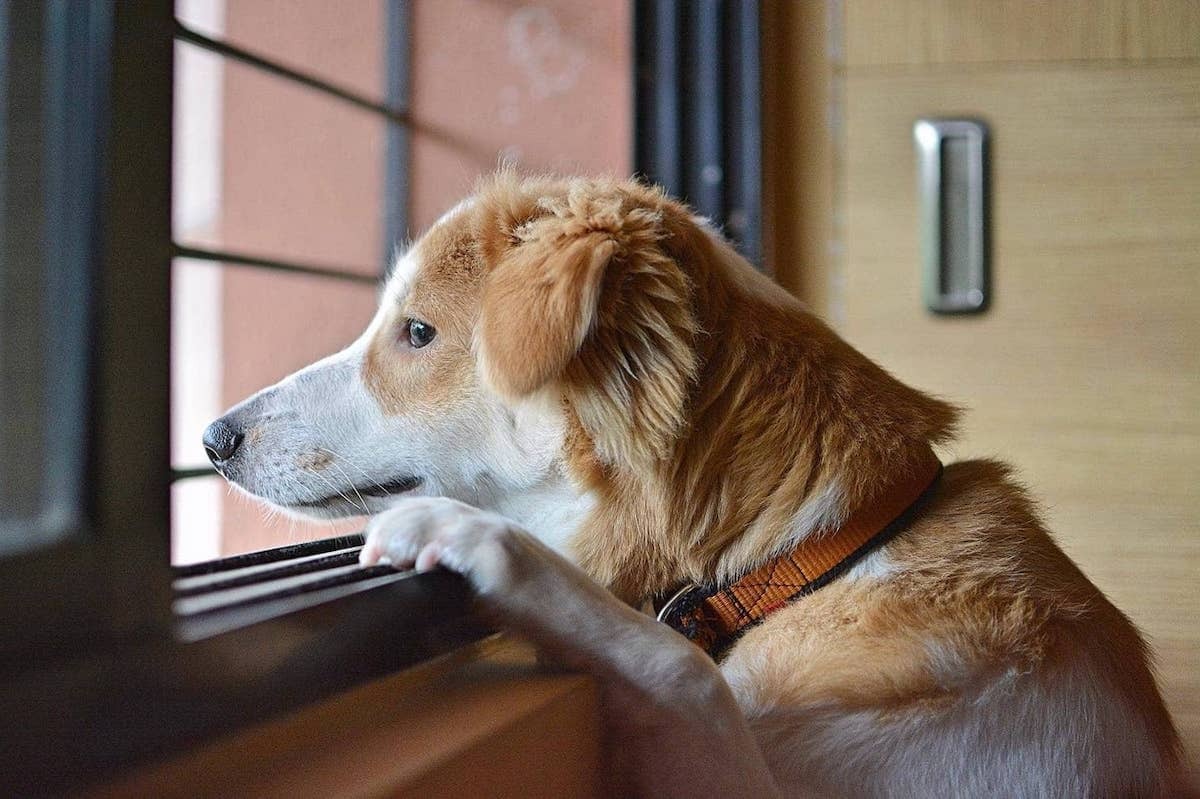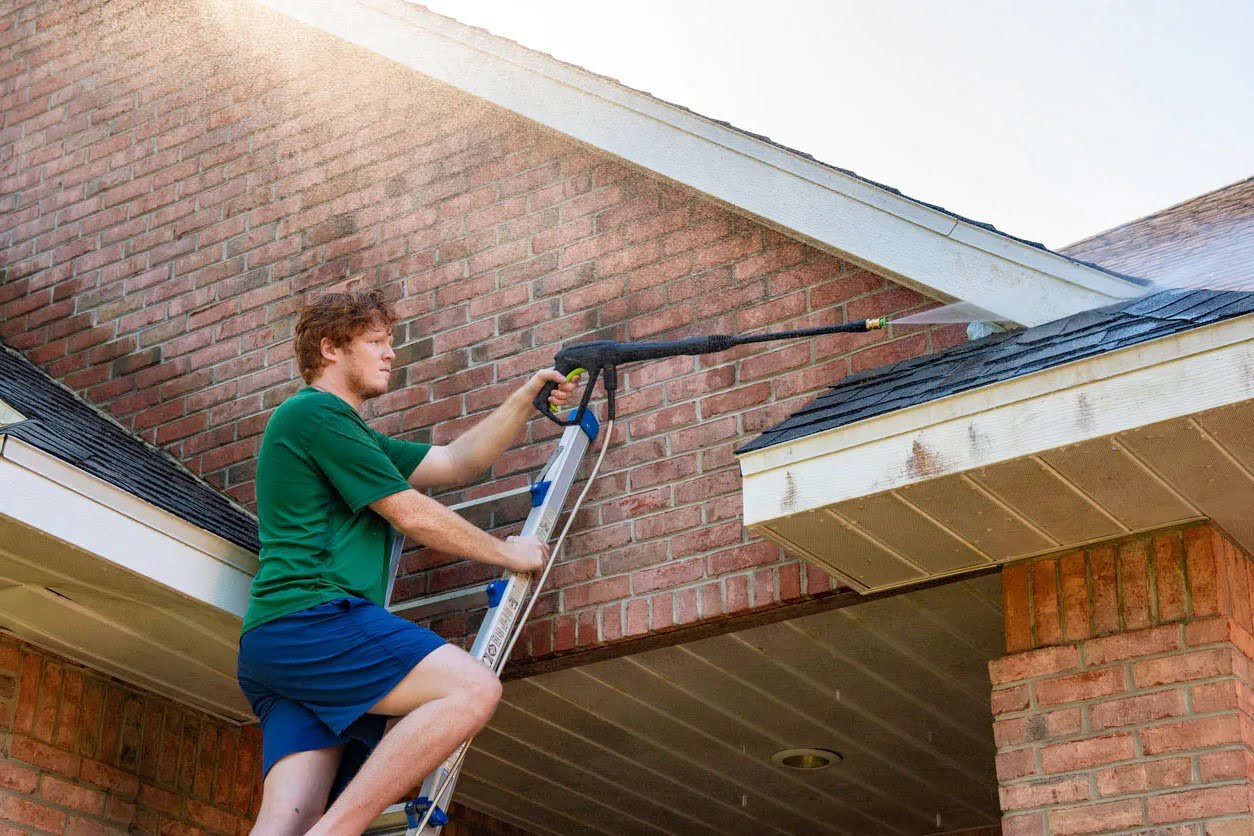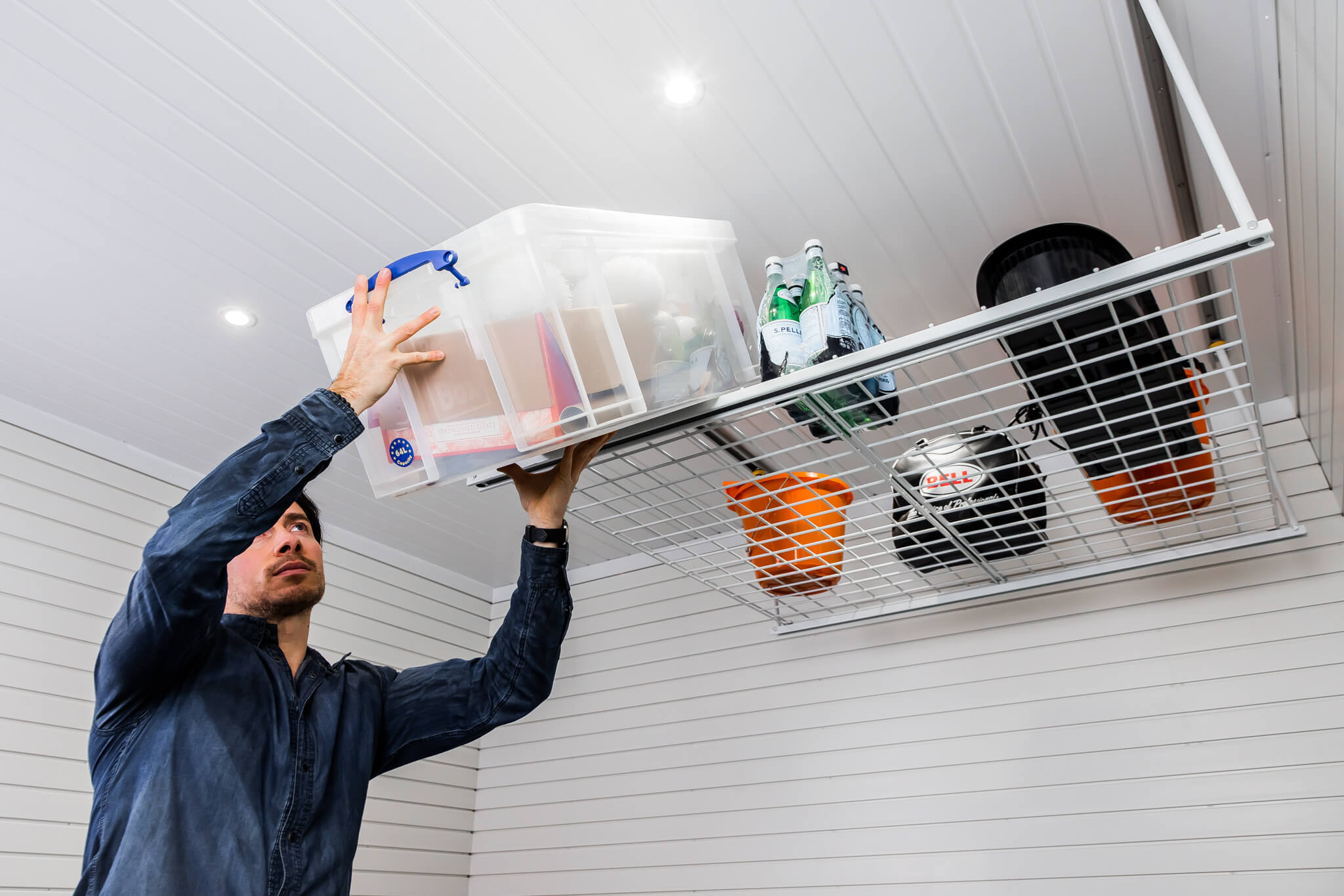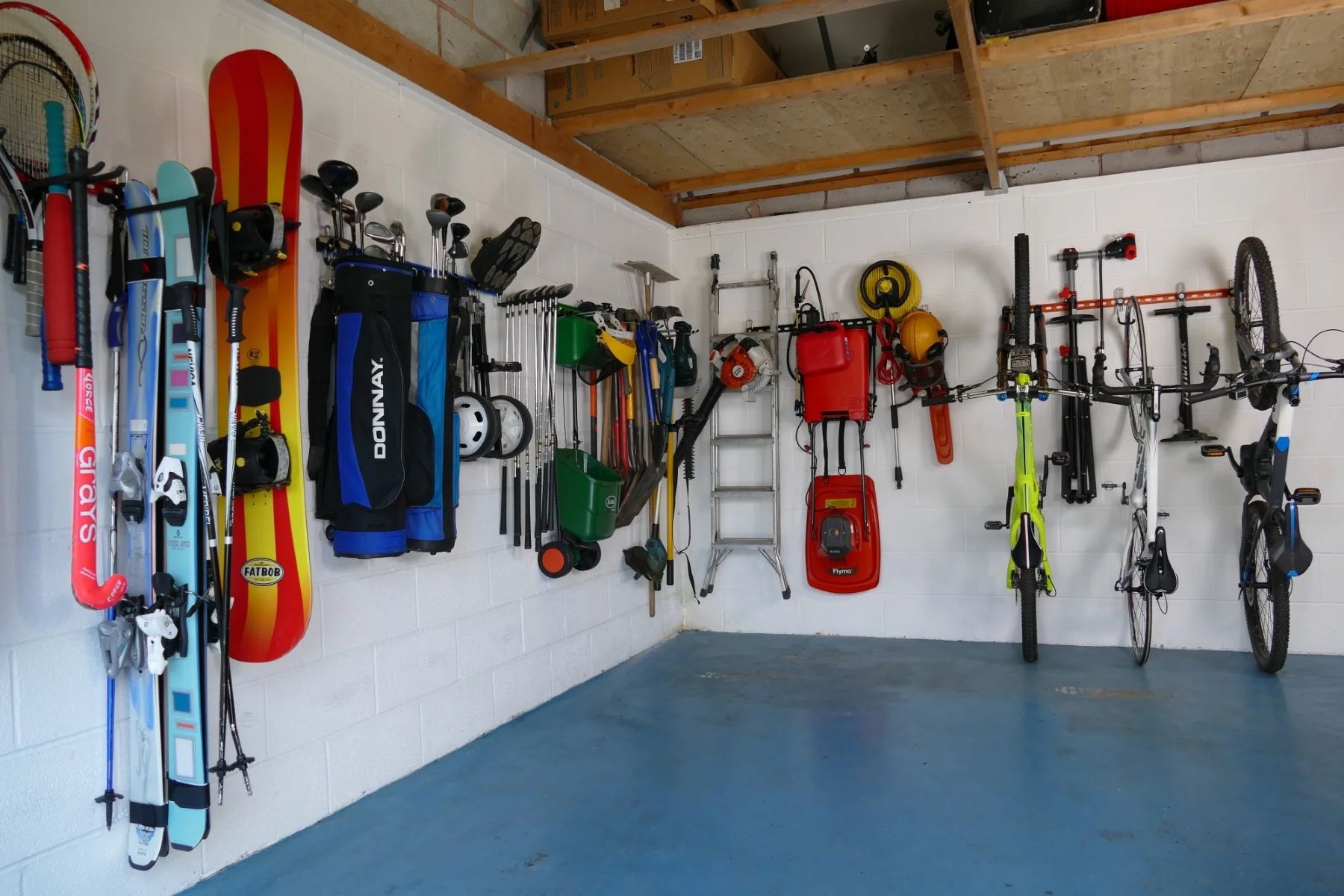Home>Create & Decorate>DIY & Crafts>How To Build A Dirt Bike Track
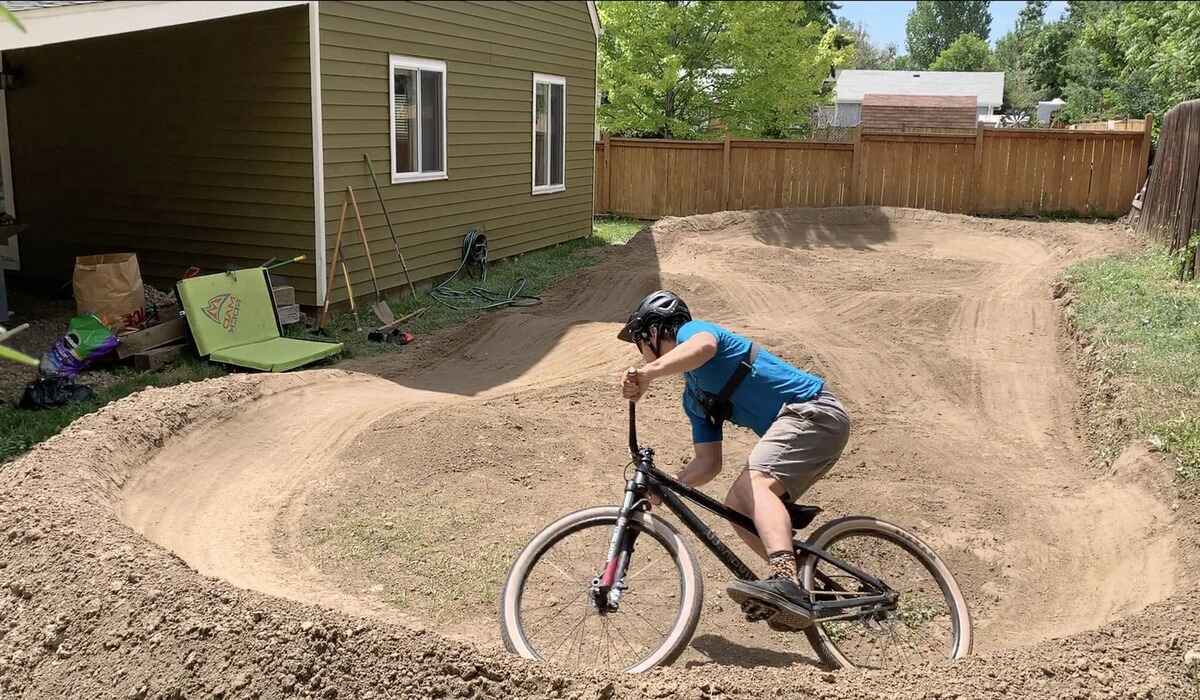

DIY & Crafts
How To Build A Dirt Bike Track
Published: April 16, 2024

Content Creator specializing in woodworking and interior transformations. Caegan's guides motivate readers to undertake their own projects, while his custom furniture adds a personal touch.
Learn how to create your own dirt bike track with our step-by-step guide. Get DIY tips and tricks for building a thrilling course. Perfect for DIY & Crafts enthusiasts!
(Many of the links in this article redirect to a specific reviewed product. Your purchase of these products through affiliate links helps to generate commission for Twigandthistle.com, at no extra cost. Learn more)
Introduction
So, you've got a passion for dirt biking and want to take it to the next level by building your own dirt bike track. Whether you're a seasoned rider or just starting out, having your own track can provide hours of fun and excitement. But where do you start? How do you go about creating a track that's both challenging and safe? In this guide, we'll walk you through the process of building your very own dirt bike track, from choosing the right location to adding the finishing touches. Let's rev up those engines and get started!
Read more: How To Build A Bike Ramp
Choosing the Right Location
When it comes to building a dirt bike track, choosing the right location is crucial. Here are some factors to consider when selecting the perfect spot for your track:
-
Space: Look for a location with ample space to accommodate the track layout you have in mind. A larger area will allow for more variety in the track design, including straightaways, corners, and jumps.
-
Accessibility: Ensure that the location is easily accessible, both for yourself and any potential visitors. A convenient location will make it easier to transport equipment and materials to the site.
-
Permission: Before breaking ground, make sure you have the necessary permissions to build a dirt bike track on the chosen site. Check local regulations and obtain any required permits to avoid running into legal issues down the line.
-
Terrain: Consider the natural terrain of the location. Look for a site with varied elevation and natural features that can be incorporated into the track design, such as hills, slopes, and natural obstacles.
-
Environmental Impact: Be mindful of the environmental impact of building a dirt bike track. Choose a location where the track construction and usage will have minimal impact on the surrounding ecosystem.
By carefully considering these factors, you can select a location that sets the stage for an exciting and well-designed dirt bike track.
Designing the Track Layout
Designing the track layout is where the real fun begins. Here are the key steps to consider when creating a layout that will provide an exhilarating riding experience:
-
Survey the Terrain: Before finalizing the track layout, survey the terrain of the chosen location. Take note of natural features such as hills, slopes, and existing obstacles. Use these natural elements to your advantage when designing the track, incorporating them into the layout to add variety and challenge.
-
Plan the Flow: A well-designed dirt bike track should have a good flow, with a mix of straightaways, corners, and technical sections. Consider the overall flow of the track to ensure a balance of speed and technical riding. Create sections that allow riders to build momentum and then transition into more technical areas that require skill and precision.
-
Variety of Features: Incorporate a variety of features into the track layout to keep riders engaged and excited. This can include tabletop jumps, doubles, triples, step-ups, and whoops. Each feature adds a different element of challenge and excitement, catering to riders of varying skill levels.
-
Safety Considerations: While designing the track, prioritize safety. Ensure that the layout includes adequate run-off areas for jumps and corners, as well as clear visibility for riders approaching obstacles. Additionally, consider the placement of safety barriers and signage to alert riders to potential hazards.
-
Rider Feedback: If possible, gather feedback from other riders or professionals in the dirt biking community. Their input can provide valuable insights into the track layout, helping to identify potential improvements or adjustments that can enhance the overall riding experience.
By carefully considering these factors, you can create a track layout that offers an exciting and challenging experience for riders of all skill levels. Once the layout is finalized, it's time to move on to the next phase of building your dirt bike track.
Preparing the Ground
Preparing the ground for your dirt bike track is a crucial step that sets the foundation for a safe and enjoyable riding experience. Here's a detailed look at the key aspects of ground preparation:
-
Clearing the Site: Before any construction can begin, it's essential to clear the site of any debris, vegetation, and obstacles. This includes rocks, tree stumps, and any other obstructions that could pose a hazard to riders. Clearing the site creates a clean canvas for the track construction to commence.
-
Grading and Leveling: Once the site is cleared, grading and leveling the ground is necessary to create a smooth and consistent surface. This can be achieved using heavy equipment such as bulldozers and graders to reshape the terrain according to the planned track layout. Proper grading ensures that the track surface is free of uneven areas and provides a stable foundation for the track features.
-
Drainage Considerations: Proper drainage is essential to prevent water accumulation on the track, which can lead to erosion and unsafe riding conditions. Evaluate the natural drainage patterns of the site and make any necessary adjustments to ensure that water flows away from the track surface. This may involve creating ditches or installing drainage pipes to redirect water runoff.
-
Soil Compaction: Compacting the soil is vital to create a solid and durable track surface. This can be achieved using compactors or rollers to compress the soil, enhancing its stability and load-bearing capacity. Adequate soil compaction reduces the risk of erosion and rutting, ensuring that the track surface remains in optimal condition.
-
Adding Soil Amendments: Depending on the natural soil composition of the site, it may be necessary to add soil amendments to improve its characteristics. This can include adding sand or clay to enhance traction and stability, or incorporating organic matter to improve soil structure and water retention. Soil amendments can help tailor the track surface to better suit the intended riding experience.
By meticulously preparing the ground according to these guidelines, you can establish a solid foundation for the construction of your dirt bike track. This groundwork sets the stage for the exciting phase of building jumps, berms, and other track features that will elevate the riding experience for enthusiasts.
Building Jumps and Berms
Building jumps and berms is where the track truly comes to life, offering riders the exhilarating features that make dirt biking so thrilling. Here's a detailed look at the process of constructing jumps and berms to enhance the riding experience:
-
Planning Jump Placement: Before constructing jumps, carefully plan their placement within the track layout. Consider factors such as approach speed, landing zones, and the overall flow of the track. Vary the size and shape of jumps to cater to riders of different skill levels, offering options for both beginners and experienced riders.
-
Types of Jumps: There are various types of jumps that can be incorporated into a dirt bike track, each offering a unique riding experience. These include tabletop jumps, which feature a flat top surface and distinct takeoff and landing zones, and doubles, which consist of two separate jumps with a gap in between. Additionally, triples and step-up jumps add complexity and excitement to the track.
-
Construction Process: Building jumps requires careful attention to detail and proper construction techniques. Begin by shaping the jump faces and landings using heavy equipment and hand tools. Gradually build up the jump faces to the desired height and angle, ensuring a smooth transition from takeoff to landing. Compact the soil to create a solid and stable surface that can withstand repeated landings.
-
Safety Considerations: When constructing jumps, prioritize safety by ensuring adequate run-off areas and clear sightlines for riders. Additionally, consider the placement of safety barriers and signage to alert riders to the presence of jumps and provide guidance on safe riding practices.
-
Creating Berms: Berms, or banked turns, are another essential feature of a well-designed dirt bike track. These banked turns allow riders to maintain speed and control through corners, adding an element of technical skill to the riding experience. Construct berms by shaping the track surface into a banked curve, using soil and compacting it to create a stable and supportive structure.
-
Maintaining Jump and Berm Integrity: Once jumps and berms are constructed, ongoing maintenance is essential to preserve their integrity and riding quality. Regularly inspect jumps for signs of erosion or degradation, and make any necessary repairs to ensure a safe and enjoyable riding experience.
By carefully constructing jumps and berms according to these guidelines, you can create a dynamic and engaging dirt bike track that offers riders an exciting and challenging experience. These features add a layer of thrill and skill to the track, making it a destination for dirt biking enthusiasts of all levels.
Read more: How To Build A Bike
Adding Safety Features
Safety should always be a top priority when building a dirt bike track. Here are the essential safety features to consider incorporating into your track:
-
Safety Barriers: Install safety barriers, such as fencing or bales of hay, in areas where riders may be at risk of leaving the track. These barriers help prevent riders from veering off the track and provide a level of protection in the event of a crash.
-
Clear Signage: Clearly mark potential hazards, jumps, and directional indicators with visible signage. This helps riders anticipate upcoming features and navigate the track safely. Additionally, provide clear instructions for track rules and safety guidelines to promote responsible riding behavior.
-
Adequate Run-Off Areas: Ensure that jumps and corners have sufficient run-off areas to allow riders to safely recover in the event of a miscalculated jump or loss of control. Adequate run-off areas reduce the risk of collisions and injuries, providing a buffer zone for riders to regain control.
-
Visibility Considerations: Evaluate the visibility of the track layout from various vantage points. Clear sightlines are crucial for riders to anticipate upcoming features and other riders on the track. Trim vegetation and ensure that the track layout is visible from multiple angles to enhance safety.
-
First Aid Stations: If the track is large or located in a remote area, consider establishing first aid stations or emergency response protocols. Having access to medical assistance in the event of an injury is critical for ensuring the well-being of riders.
-
Rider Education: Promote rider education and awareness of safety practices. Provide resources or training sessions that emphasize the importance of protective gear, responsible riding behavior, and adherence to track rules. Educated riders contribute to a safer riding environment for everyone.
By incorporating these safety features into your dirt bike track, you create an environment that prioritizes rider well-being and minimizes the risk of accidents or injuries. Safety measures not only protect riders but also contribute to the overall enjoyment and longevity of the track.
Maintenance and Upkeep
Maintaining and upkeeping your dirt bike track is essential to ensure its longevity and continued enjoyment for riders. Here's a detailed look at the key aspects of track maintenance:
-
Regular Inspections: Schedule regular inspections of the track to assess its condition. Look for signs of erosion, rutting, or wear and tear on track features. Address any issues promptly to prevent further deterioration.
-
Repairing Track Features: If jumps, berms, or other track features show signs of degradation, make necessary repairs to restore their integrity. This may involve reshaping jumps, reinforcing berms, or adding new soil to maintain the track's original design.
-
Soil Maintenance: Monitor the track surface for soil compaction and erosion. Periodically aerate the soil to maintain its porosity and prevent compaction, which can affect riding quality. Additionally, address any erosion by adding soil amendments and stabilizing the track surface.
-
Drainage Management: Keep an eye on the track's drainage system to ensure that water runoff is properly managed. Clear any debris from drainage ditches or pipes and maintain the integrity of the track's drainage infrastructure to prevent water accumulation.
-
Vegetation Control: Regularly trim vegetation around the track to maintain clear sightlines and prevent overgrowth that can encroach on the riding area. Clearing vegetation also helps preserve the track's layout and prevents natural obstacles from impeding riders.
-
Safety Checks: Conduct routine safety checks to ensure that safety barriers, signage, and run-off areas are in good condition. Replace any damaged barriers, refresh signage as needed, and maintain clear visibility throughout the track.
-
Communication with Riders: Establish open communication with riders who frequent the track. Gather feedback on track conditions, safety concerns, and potential improvements. Engaging with the riding community can provide valuable insights for track maintenance.
-
Track Closure and Restoration: If the track is used seasonally or during specific events, consider implementing track closure and restoration practices. Restoring the track after heavy usage helps maintain its condition and ensures a fresh riding experience for future use.
By prioritizing maintenance and upkeep, you can preserve the quality and safety of your dirt bike track, providing riders with a well-maintained and enjoyable riding environment. Regular attention to maintenance not only extends the lifespan of the track but also fosters a positive and sustainable riding experience for all enthusiasts.
Conclusion
Building your own dirt bike track is a rewarding endeavor that offers endless thrills for riders of all skill levels. From selecting the perfect location to designing the layout, constructing jumps and berms, and prioritizing safety, every step contributes to creating a dynamic and engaging riding experience. By meticulously preparing the ground and incorporating safety features, you can ensure that your track provides a safe and enjoyable environment for dirt biking enthusiasts.
Regular maintenance and upkeep are essential for preserving the track's integrity and longevity, ensuring that riders can continue to enjoy the adrenaline-pumping experience for years to come. Whether you're a passionate rider looking to create your own riding haven or a track builder dedicated to providing an exciting venue for the dirt biking community, the process of building a dirt bike track is a labor of love that culminates in a thrilling and enduring recreational space. So, rev up those engines, embrace the challenges, and get ready to experience the exhilaration of your very own dirt bike track!

